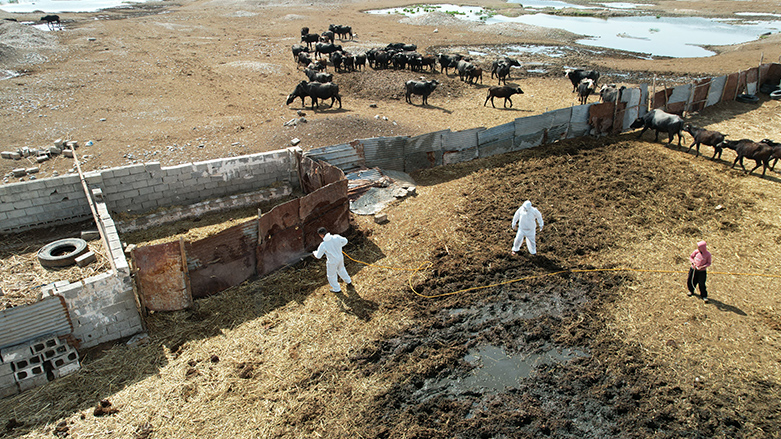Erbil announces new Crimean-Congo infection

ERBIL (Kurdistan 24) – A young man in Erbil province has tested positive for Crimean-Congo fever, marking a new case of the tick-borne disease that had witnessed an increase in the Kurdish region recently.
The 19-year-old man has been admitted to an Erbil hospital, where he had received medical attention for a week, Sherwan Jalal, the Deputy Director General of Health in Koya district, told Kurdistan 24.
The infection of Crimean-Congo Hemorrhagic Fever has been confirmed at both Erbil and Baghdad’s public laboratories, according to the health official.
The patient did not have any prior interaction with animals, according to the official. The majority of those who have tested for the disease are butchers or livestock farmers in Iraq and its Kurdish region.
The infection is suspected to have been caused during Eid al-Adha, during which Muslims slaughter thousands of livestock to mark the Islamic ritual, known as the Feast of Sacrifice.
“If it is confirmed, we will run tests for the whole family and those who were involved in the slaughtering process,” the official said.
The new case marks the second infection in the district. Previously, a person died in Koya due to complications of the virus.
It is the 14th case in the Kurdistan Region since January this year, according to official figures tracked by Kurdistan 24.
Out of over 260 confirmed cases in Iraq, at least 14 people have died since the beginning of this year, according to figures from the Iraqi Ministry of Health as of June.
Iraq recorded its first case of Crimean-Congo Fever, against which no known vaccine or cure exists so far, in 1979. Annually, the country records about 20 cases of the disease.
High fever and internal and external bleeding are the most common symptoms of the disease.
Unregulated livestock breeding and slaughtering have been blamed by health officials for the uptick in cases this year.
Iraqi and Kurdish health and veterinary officials have recently ramped up efforts to raise public awareness of the disease by spreading awareness through disinfection campaigns and cracking down on illegal slaughtering.
